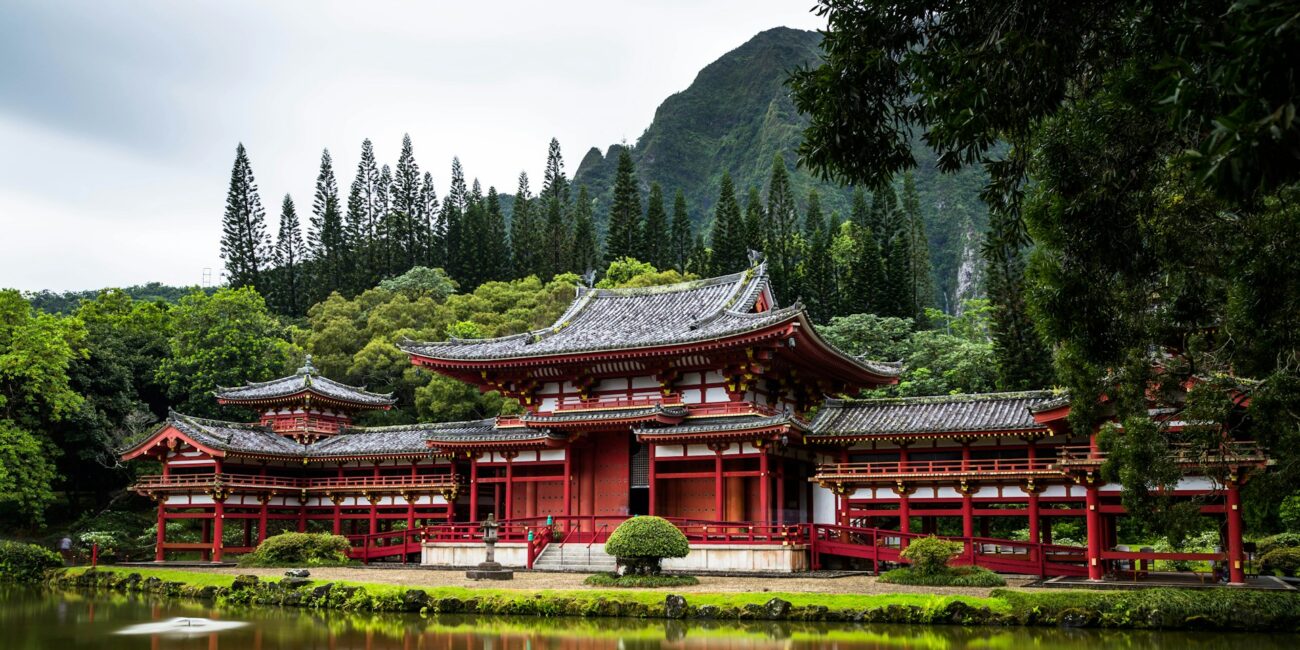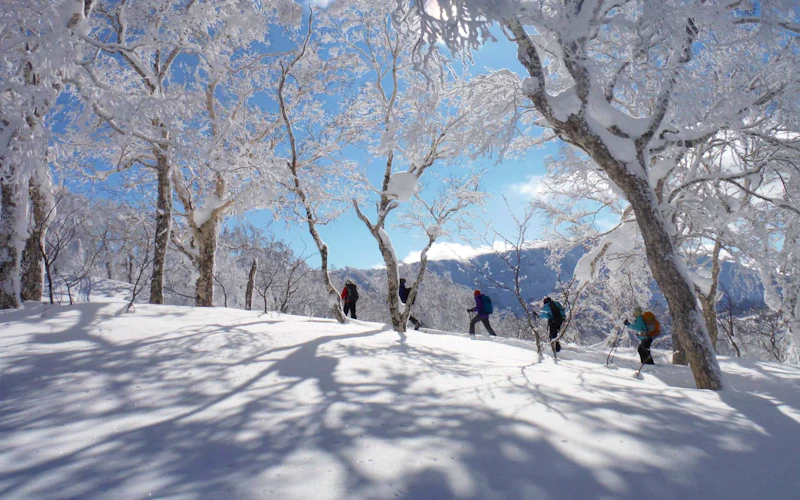What is the best time to
visit to japan
Japan, a country of captivating contrasts, boasts a rich tapestry of culture, cuisine, and natural beauty. From the cherry blossoms of spring to the vibrant foliage of autumn, each season offers a unique charm for travelers to explore. But when is the best time to visit this diverse and enchanting land? Let’s delve into the seasonal highlights of Japan to help you plan your perfect adventure.

What is the best time to visit Japan, it’s crucial to consider the climate, seasons, and weather to pick the ideal time for your visit.
The most important factor to consider when planning your trip could be:
- See the beautiful Sakura (cherry blossom) in spring.
- Experiencing the stunning Momiji (reddening of tree leaves) in autumn.
- Enjoying the vibrant Matsuri (Japanese festivals) in summer.
- Ensuring pleasant temperatures and avoiding typhoons.
Spring in japan

Spring in Japan is a time of enchantment and renewal. From late March to early April, the country bursts into a riot of color as cherry blossoms, known as “sakura,” blanket parks, streets, and riverbanks in delicate shades of pink and white. This phenomenon, celebrated through the centuries with hanami (cherry blossom viewing) gatherings, symbolizes the ephemeral beauty of life.
Hanami and Sakura flowers: As the weather warms up, delicate pink and white blossoms adorn trees across the country. Whether in bustling urban parks, tranquil temple gardens, or scenic countryside spots, hanami offers a time for reflection, appreciation, and the joy of witnessing the fleeting yet exquisite beauty of sakura flowers in full bloom.
Golden Week: In Japan, Golden week is an eagerly anticipated time of the year. It’s a week filled with four national holidays. During Golden Week, many people take advantage of the consecutive holidays to travel, spend time with family, and participate in various cultural events and festivities. Popular tourist destinations can become crowded.
Highlight of Springs in Japan:
- Cherry blossoms, or “sakura,” bloom across Japan from late March to early April, creating a breathtaking sight.
- Hanami (cherry blossom viewing) gatherings attract crowds to parks, temples, and riversides.
- Iconic spots for cherry blossom viewing include Tokyo’s Ueno Park, Kyoto’s Philosopher’s Path, and Himeji Castle.
- Spring brings a lively atmosphere with festivals, cultural events, and traditional celebrations.
- It marks the beginning of a new academic and fiscal year, celebrated with graduations, entrance ceremonies, and cherry blossom parties.
Summer in japan - Warm Weather and Festive

As the warm breeze sweeps across the archipelago, Japan transforms into a vibrant tapestry of festivals, lush landscapes, and cultural experiences during the summer months. From the lively streets of Tokyo to the serene countryside of Kyoto, Japan offers a plethora of attractions that promise an unforgettable summer getaway. Let’s embark on a journey to discover the essence of summer in Japan.
Festivals Galore: Summer in Japan is synonymous with matsuri, or festivals, that celebrate the country’s rich cultural heritage. Among the most famous is the Gion Matsuri in Kyoto, where intricately decorated floats parade through the streets amidst traditional music and dance. Another highlight is the Nebuta Matsuri in Aomori, where colossal lantern floats depicting mythical figures illuminate the night sky, creating a mesmerizing spectacle.
Embracing Nature: Summer unveils Japan’s natural beauty in full bloom, offering ample opportunities for outdoor adventures. Explore the lush forests and cascading waterfalls of Yakushima, a UNESCO World Heritage Site famed for its mystical landscapes and diverse wildlife. For a more leisurely experience, stroll through the vibrant flower fields of Hokkaido’s Furano and Biei, where lavender and sunflower fields paint the countryside in hues of purple and gold.
The Gion Festival and Obon: During July and August, Japan comes alive with two major festivals: the Gion Festival and Obon. The Gion Festival, held in Kyoto throughout July, is renowned as one of Japan’s oldest and most celebrated festivals. It features vibrant yukata float parades, traditional music performances, and graceful dances. Obon, typically observed in August, is a time to honor ancestors’ spirits. People in Japan illuminate lanterns, engage in traditional dances, and offer tributes to their ancestors. Despite its solemn roots, Obon is also seen as a celebration of life.
Highlights of summer in Japan:
- Longer daylight hours during summer in Japan allow for more time outdoors and sightseeing.
- Enjoy water activities like kayaking near the floating torii gates.
- Extend your trip to Okinawa for a chance to relax on exotic beaches with crystal-clear waters.
- Experience the vibrant atmosphere of Japanese festivals (Matsuri) during the summer season.
Authunm in japan - The Momiji

As summer ends, Japan turns into a beautiful sight in autumn. The weather gets cooler, and the leaves on trees change color. They become red, yellow, and orange, making the landscapes look stunning. Places like Kyoto’s gardens and the Japanese Alps become popular for their beauty. Tourists visit places like the Arashiyama Bamboo Grove and Nikko’s temples to see the colorful leaves. It’s a peaceful time, perfect for thinking and enjoying nature. Autumn in Japan is more than just a season; it’s a special experience that stays in your memory. Autumn is one of the best times to visit to Japan
The Momiji: In mid to late November, Momiji, known as the changing of leaves to red, starts. It paints parks, temples, and forests in various shades of red. It’s definitely one of the prime times to visit Japan and witness these stunning landscapes.
Highlight of the Japanese Autumn
- Momiji: The changing of leaves to vibrant red hues in parks, temples, and forests.
- Stunning Landscapes: Japan’s autumn scenery transforms into a breathtaking display of colors.
- Ideal Travel Time: Mid to late November offers one of the best opportunities to experience Japan’s unique autumn beauty.
Winter in japan - The Low Season

Winter in Japan typically spans from December to February, featuring cold and dry weather with occasional snowfall, especially in mountainous regions. Places like Hakone, the Japanese Alps, Kanazawa, Takayama, and Matsumoto transform into picturesque winter landscapes during this time, with snow-covered roofs and streets.
Sapporo Snow Festival: One highlight of winter in Japan is the Sapporo Snow Festival in February, where the city becomes a dazzling winter wonderland adorned with intricate snow and ice sculptures. It’s a unique event that draws visitors from around the globe to admire the artistic creations.
Christmas Celebration: Christmas in Japan is another notable celebration, with illuminated temples in Kyoto creating a magical atmosphere on Christmas Eve, while Tokyo and Osaka buzz with festive markets and lights. New Year’s Eve in Tokyo offers a contrast with its lively celebrations and countdown to the New Year.
Skiing in Japan: Winter also offers opportunities for skiing in Japan’s renowned ski resorts, such as Niseko in Hokkaido and Hakuba in Nagano. Additionally, Nagano provides a chance to witness the famous snow macaques soaking in hot springs, offering a unique wildlife experience.
Relaxing in the onsen: After a day of winter activities, unwinding in an onsen (hot spring bath) is a popular way to relax and rejuvenate. These natural baths are abundant throughout Japan, offering a soothing escape amidst the snowy landscapes.
Highlight of Winter in Japan:
- Enjoy snowy landscapes in mountain areas like Hakone, the Japanese Alps, Kanazawa, Takayama, and Matsumoto
- Experience the enchanting Sapporo Snow Festival with its stunning snow and ice sculptures
- Celebrate Christmas in Kyoto’s illuminated temples and Tokyo’s vibrant city atmosphere
- Ski in world-class resorts like Niseko in Hokkaido and Hakuba in Nagano
According to Climate
Best time to visit to Japan
The best climate to travel to Japan depends on your preferences and what activities you want to do. Generally, April and May are popular months because the weather is mild and pleasant, making it great for outdoor exploration without worrying about heavy rain or extreme heat.
However, some people also enjoy visiting during the cherry blossom season in spring or experiencing the colorful foliage in autumn. Ultimately, it’s best to research and decide based on what you want to experience during your trip.
According to the destination
Best time to visit to Japan
The best time to travel to Japan can vary depending on your destination within the country.
For Tokyo
The best time to travel is spring, typically from March to May, when cherry blossoms paint the city in delicate shades of pink. This season brings a sense of renewal and joy as locals and visitors alike gather in parks for hanami (cherry blossom viewing) picnics. Alternatively, fall, spanning from September to November, offers milder temperatures and stunning foliage, transforming Tokyo’s streets and parks into a canvas of red, orange, and gold. The crisp air and colorful scenery make autumn an ideal time to explore the city’s parks, gardens, and historic sites.
For Nara:
Nara, renowned for its ancient temples, serene parks, and friendly deer, is best visited during the spring and fall months. In spring, usually from March to May, cherry blossoms adorn Nara Park, creating a breathtaking backdrop for encounters with the resident deer. The gentle weather of spring invites visitors to explore Nara’s historic temples and shrines while enjoying the beauty of nature in bloom. Similarly, fall, spanning from September to November, blankets Nara’s landscapes in vibrant hues of crimson and gold as the foliage changes. Strolling through Nara Park or visiting temples during this time offers a tranquil and picturesque experience, with the added charm of colorful autumn leaves.
For Miyajima:
Miyajima, with its iconic Itsukushima Shrine and picturesque landscapes, is best visited during the spring and fall seasons. In spring, typically from March to May, cherry blossoms adorn the island, creating a magical atmosphere around the floating torii gate of Itsukushima Shrine. Visitors can immerse themselves in the beauty of cherry blossoms while exploring the island’s temples, hiking trails, and coastal scenery. Likewise, fall, from September to November, paints Miyajima in vibrant autumn colors, adding another layer of charm to its scenic beauty. Walking through the island’s maple forests or admiring the reflection of autumn leaves on the water provides a peaceful and enchanting experience for travelers.
Ultimately, the best time to travel depends on your preferences, but spring and fall are generally recommended for pleasant weather and beautiful scenery in all three destinations.
Frequently asked Questions
about Best time to visit to Japan
The rainy season in Japan typically occurs from late May to early July, varying by region. Be prepared for occasional showers and humidity during this time.
Depending on your travel dates and itinerary, it is possible to experience both cherry blossoms and autumn foliage in Japan. However, timing your trip accordingly is essential.
Yes, although many travelers joke that they are not going to Egypt but to Japan
Typhoons scare me!! The U.S. too! But we’re aware that they mainly impact the coast and don’t typically disrupt travel plans. By September, typhoons start moving from Okinawa towards Japan’s coast, peaking in October. Would I still go to Japan in the summer? Absolutely! Many of our customers have gone and come back thrilled with their experiences.
Conclusion , what is best time to visit Japan
No matter when you decide to visit Japan, you’ll always find something unique and special to enjoy. Some travelers flock to Japan for its vibrant festivals, while others are drawn to its excellent skiing opportunities. However, it’s essential to be aware that unexpected weather events, like heavy rainstorms or typhoons, can impact your travel plans. It’s always a good idea to plan accordingly and stay informed about weather forecasts.
